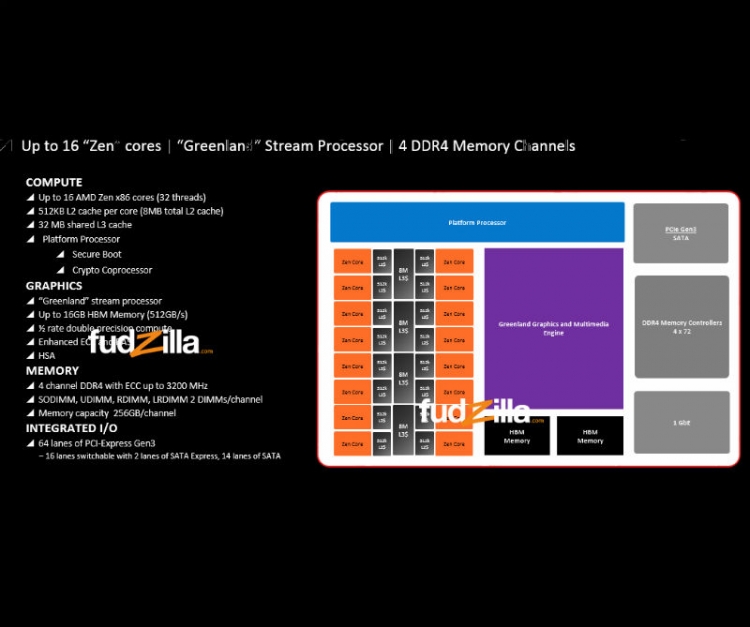Main PC: Asus Rampage IV Extreme / 3960X@4.5GHz / Antec H1200 Pro / 32GB DDR3-1866 Quad Channel / Sapphire Fury X / Areca 1680 / 850W EVGA SuperNOVA Gold 2 / Corsair 600T / 2x Dell 3007 / 4 x 250GB SSD + 2 x 80GB SSD / 4 x 1TB HDD (RAID 10) / Windows 10 Pro, Yosemite & Ubuntu
HTPC: AsRock Z77 Pro 4 / 3770K@4.2GHz / 24GB / GTX 1080 / SST-LC20 / Antec TP-550 / Hisense 65k5510 4K TV / HTC Vive / 2 x 240GB SSD + 12TB HDD Space / Race Seat / Logitech G29 / Win 10 Pro
HTPC2: Asus AM1I-A / 5150 / 4GB / Corsair Force 3 240GB / Silverstone SST-ML05B + ST30SF / Samsung UE60H6200 TV / Windows 10 Pro
Spare/Loaner: Gigabyte EX58-UD5 / i950 / 12GB / HD7870 / Corsair 300R / Silverpower 700W modular
NAS 1: HP N40L / 12GB ECC RAM / 2 x 3TB Arrays || NAS 2: Dell PowerEdge T110 II / 24GB ECC RAM / 2 x 3TB Hybrid arrays || Network:Buffalo WZR-1166DHP w/DD-WRT + HP ProCurve 1800-24G
Laptop: Dell Precision 5510 Printer: HP CP1515n || Phone: Huawei P30 || Other: Samsung Galaxy Tab 4 Pro 10.1 CM14 / Playstation 4 + G29 + 2TB Hybrid drive





 LinkBack URL
LinkBack URL About LinkBacks
About LinkBacks

 Reply With Quote
Reply With Quote



